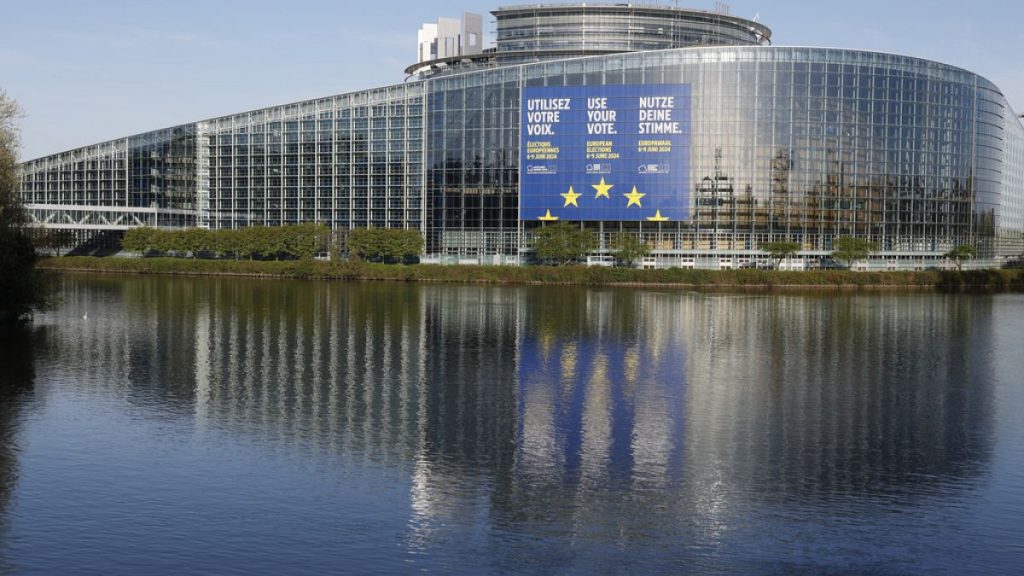With EU member states gearing up for elections, there are differences in the way the elections are conducted from country to country. While the European Parliament elections will represent everyone in the EU, each country has its own unique voting system in place. Various countries use different methods such as preferential voting, closed-list voting, and the single transferable vote system. For example, in preferential voting countries like Italy and Poland, voters can express their preferences for multiple candidates, while in closed-list voting countries like Germany and France, voters can only choose a party list.
Two countries, Portugal and Malta, are introducing early voting for the first time in the upcoming EU elections. In Portugal, the government is aiming to combat low voter turnout by allowing citizens to vote early, even if they are not traditional early voters like those who are sick or living abroad. In Malta, voters who will be abroad or hospitalized on the official polling day are allowed to vote a week prior. These changes are an effort to encourage more participation in the elections and could potentially be adopted by other countries in the future.
In some EU countries, voting in the EU elections is mandatory, such as Belgium, Greece, Bulgaria, and Luxembourg, although abstainers are rarely penalized. The voting age for the EU elections varies across countries, with some like Belgium, Germany, Austria, and Malta lowering the voting age to 16. Representation of women in the European Parliament is a priority for many countries, with gender quotas in place in countries like France, Italy, Spain, and Portugal. However, some countries, like Romania, lag behind in female representation.
Digital methods of voting are not widely used in EU elections, with only Estonia allowing electronic voting. Postal voting is available in 13 states including Germany, Spain, and the Nordic countries, primarily for citizens living abroad. Greece will be implementing postal voting for its expatriate population in this election. Overall, while each country has its own election procedures in place, efforts are being made to increase voter participation, improve diversity in representation, and potentially modernize the voting process.
In summary, the upcoming EU elections will see 350 million people across 27 member states elect 720 members of the European Parliament through various voting systems unique to each country. Changes like early voting in Portugal and Malta, gender quotas in select countries, and efforts to modernize the voting process reflect a desire to enhance participation, diversity, and efficiency in the elections. By examining the different approaches to elections within the EU, it is clear that each country has its own strategies and methods tailored to its specific needs and goals for the democratic process.


